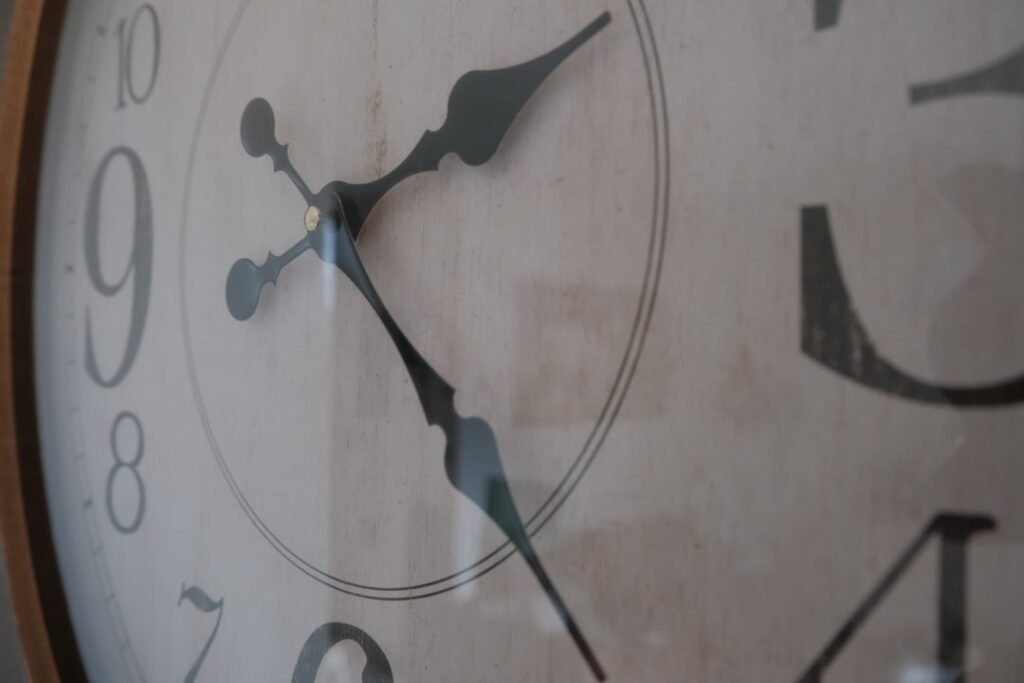Picture yourself sitting in a coffee shop, watching the steam rise from your cup, hearing conversations blend into the rhythmic tick of a wall clock. Everything feels so solid, so connected by time’s steady flow. Yet, what if I told you that this entire experience might be built on an elaborate illusion? What if time itself, the very foundation of our reality, doesn’t actually exist in the way we’ve always believed?
Modern physics suggests time may be an illusion, with physics facing a profound crisis as it struggles to unify two foundational theories: general relativity and quantum mechanics. While you might dismiss this as abstract theorizing, recent breakthroughs in quantum gravity research are forcing scientists to reconsider everything we thought we knew about reality’s most fundamental dimension.
The Physics Crisis That’s Rewriting Reality
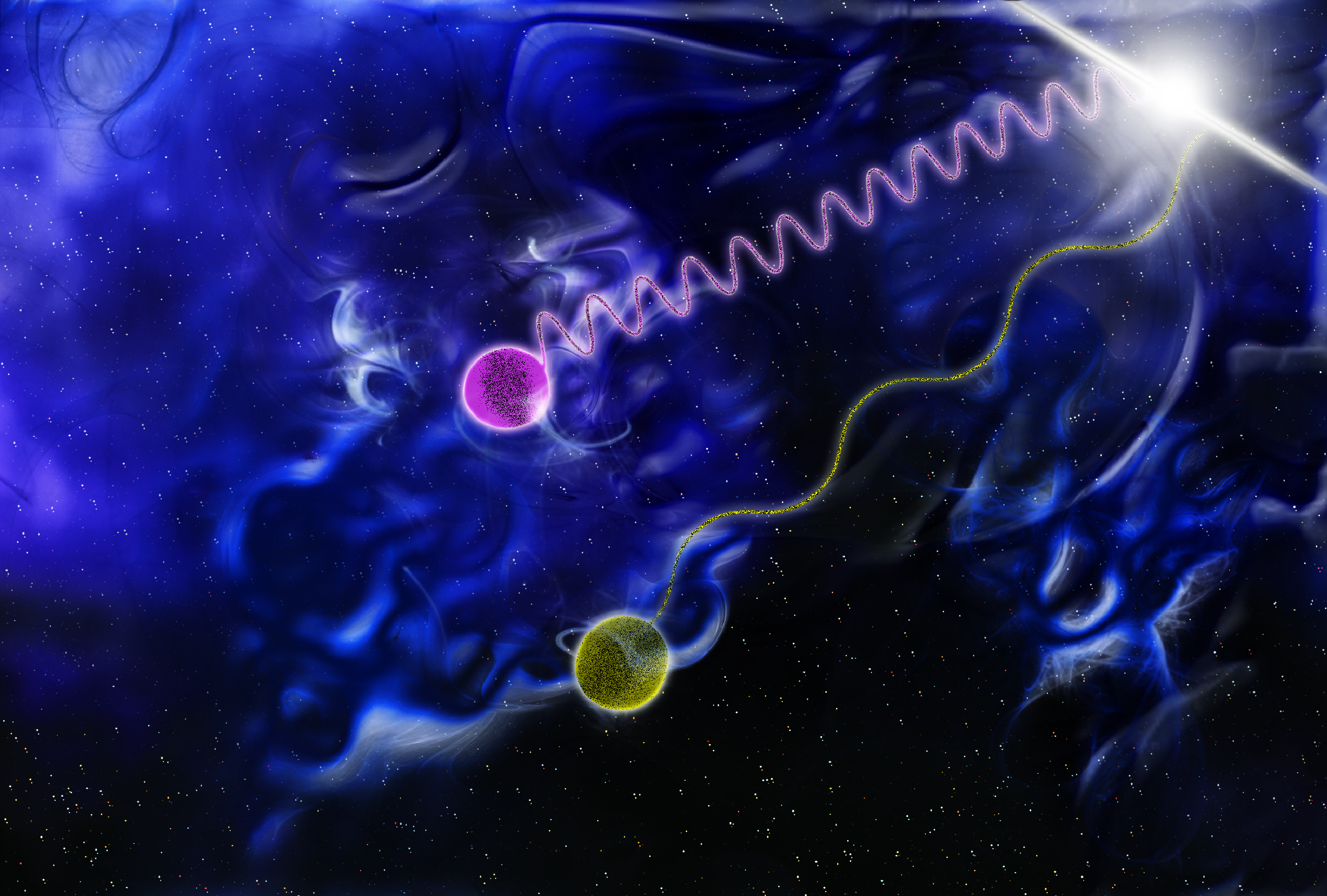
For over a century, scientists have relied on two wildly successful theories to explain our universe. Quantum mechanics describes how things work in the incredibly tiny world of particles and particle interactions, while general relativity describes the big picture of gravity and how objects move. These theories work brilliantly in isolation, but they clash dramatically when scientists try to combine them.
Both theories work extremely well in their own right, but the two are thought to conflict with one another, and though the exact nature of the conflict is controversial, scientists generally agree both theories need to be replaced with a new, more general theory. This isn’t just academic housekeeping. We’re talking about a fundamental crisis that strikes at the heart of reality itself.
Think of it like having two perfectly accurate maps of your neighborhood that show completely different street layouts. Both work fine when used separately, but try to navigate using both simultaneously, and you’ll get hopelessly lost.
Einstein’s Block Universe Challenge

Einstein’s theory of relativity suggests the universe is a static, four-dimensional block that contains all of space and time simultaneously with no special “now,” where what’s the future to one observer is the past to another, meaning time doesn’t flow from past to future as we experience it. This revelation shattered our intuitive understanding of temporal flow decades ago.
Imagine looking at a movie film strip laid out flat on a table. Every frame exists simultaneously, from the opening scene to the final credits. According to Einstein’s view, our universe resembles that film strip, with all moments of time existing at once. We only experience the illusion of movement because our consciousness slides along one frame at a time.
MIT physicist Max Tegmark explains we can portray reality as either a three-dimensional place where stuff happens over time, or as a four-dimensional place where nothing happens, and if it’s the second picture, then change is an illusion because there’s nothing changing – it’s all just there, with life like a movie and space-time like a DVD.
Loop Quantum Gravity’s Radical Solution

In the 1980s and 1990s, many physicists became dissatisfied with string theory and came up with new mathematical approaches to quantum gravity, with loop quantum gravity being one of the most prominent, proposing that space and time are made of extremely small discrete chunks or “loops,” and remarkably, it appears to eliminate time entirely.
Loop quantum gravity proposes that the fabric of space and time is made of a network of extremely small discrete chunks or “loops,” and one remarkable aspect is that it appears to eliminate time entirely, with loop quantum gravity not being alone in abolishing time as several other approaches also seem to remove time as a fundamental aspect of reality.
Picture space and time not as smooth fabrics, but as intricate networks of tiny, interconnected loops. These loops don’t exist within time – they simply are. Time becomes something that emerges from their relationships and interactions, much like wetness emerges from water molecules without being a fundamental property of hydrogen and oxygen atoms.
Carlo Rovelli’s Revolutionary Thermal Time

Carlo Rovelli, one of the proponents of loop quantum gravity, argues that time does not exist at the most fundamental level; rather, it is merely a function of human perception. His concept of “thermal time” suggests that what we experience as temporal flow might be nothing more than a statistical phenomenon.
According to Rovelli’s hypothesis, time emerges only in a thermodynamic or statistical context, and if this is correct, the flow of time is not fundamental, deriving from the incompleteness of knowledge. Think of how temperature emerges from the average motion of countless molecules, even though individual particles don’t have temperature themselves.
Rovelli explains that as long as we have a complete description of a system, all variables are on equal footing with none acting as a time variable, but as soon as we describe the system through averages of many variables, we get a preferred variable that functions like common time – a time along which heat dissipates, the time of our everyday experience.
The Problem of Emergent Time

Theories of physics don’t include tables, chairs, or people, yet we still accept that these things exist, and if time isn’t a fundamental property of the universe, it may still ’emerge’ from something more basic. However, this presents a troubling puzzle that keeps physicists awake at night.
We say that tables “emerge” from underlying physics of particles whizzing around the universe, but while we have a pretty good sense of how a table might be made out of fundamental particles, we have no idea how time might be “made out of” something more fundamental, so unless we can come up with a good account of how time emerges, it’s not clear we can simply assume time exists, and time might not exist at any level.
This creates a disturbing possibility. Unlike tables and chairs, which we can clearly see emerging from their component parts, time remains mysteriously absent from the fundamental equations. It’s like trying to bake a cake when flour, eggs, and sugar exist, but somehow the concept of “mixing” has vanished from reality.
Human Perception Creates Time’s Illusion
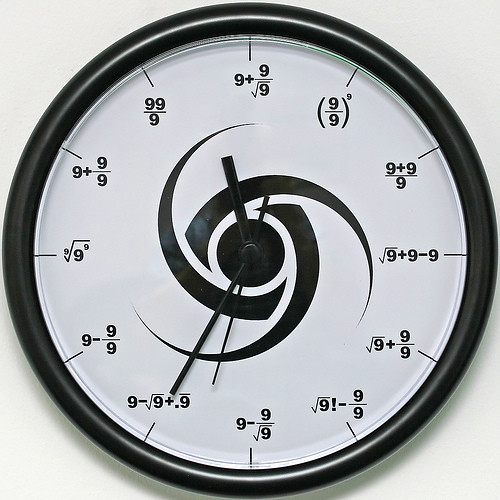
Humans have no absolute sense of time, as time perception is fundamentally subjective and depends on experiences and circumstances, with moments of excitement and joy seeming dizzyingly faster while moments of boredom and stress feel interminable, illustrating how attentional and emotional states affect time perception.
The visual system has a long history of parlaying illusions into understanding neurobiology, but only recently has the study of temporal illusions begun to blossom, with new illusions of duration, order and simultaneity illustrating that temporal introspection can often be a poor guide to the timing of physical events, as temporal judgments are constructions of the brain and surprisingly easy to manipulate experimentally.
Consider how a thrilling movie seems to flash by in minutes while a boring lecture drags on for hours, even though both last the same clock time. Your brain doesn’t just measure time – it actively constructs your temporal experience based on attention, emotion, and memory.
The Stopped Clock and Other Time Illusions

The ‘stopped clock’ illusion occurs when upon first glance, a clock’s second hand sometimes seems stopped in place momentarily before continuing to tick normally, with researchers proposing that the scene the eyes land upon fills the time gap retrospectively, making eye movement an integral part of our sense of time.
During saccades (rapid eye movements), duration judgments are compressed, with subjects underestimating time intervals by about a factor of two when asked to judge intervals between flashes near the time of a saccade. Your brain literally edits out chunks of time to create the illusion of smooth, continuous perception.
Recent research reveals that observing different visual stimuli can significantly distort human perception of time, with research psychologists discovering that viewing more prominent and memorable scenes creates the impression of time moving more slowly, while conversely, cluttered imagery compresses time perception, making it seem to speed up.
Causation Without Time
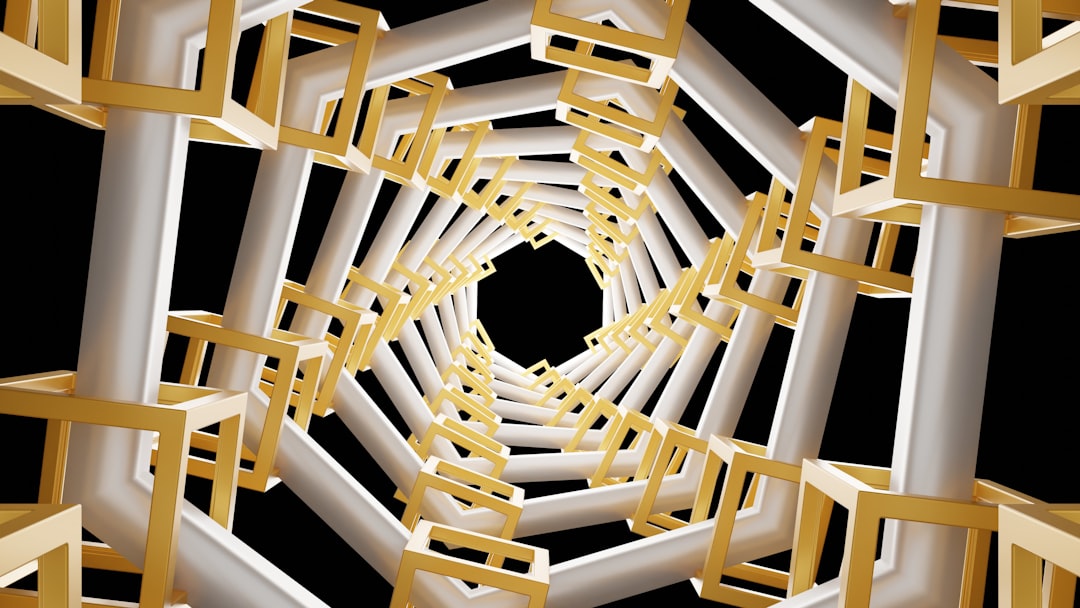
If time doesn’t exist fundamentally, what happens to cause and effect? Surprisingly, while physics might eliminate time, it seems to leave causation intact – the sense in which one thing can bring about another, and perhaps what physics is telling us is that causation and not time is the basic feature of our universe, allowing agency to still survive since it’s possible to reconstruct a sense of agency entirely in causal terms.
Think of dominoes falling in sequence. You don’t need time to understand that one domino causes the next to fall – you just need the relationship between cause and effect. The dominoes exist in a pattern of causation that doesn’t require temporal flow to make sense.
Despite the absence of time, causation may provide an alternative framework, with physics indicating that even without time, causation – the relationship between cause and effect – remains intact. This means your decisions and actions could still matter, even in a timeless universe.
What This Means for Daily Life

Our lives revolve around time – planning for the future, learning from the past, and holding people accountable for their actions, and a world without time appears chaotic, undermining the very idea of agency and purpose. Yet, researchers suggest the implications might be less dramatic than you’d expect.
Researchers argue in their book that the discovery that time does not exist may have no direct impact on our lives, even while it propels physics into a new era. Your morning coffee will still taste the same, relationships will still matter, and life will still have meaning.
Consider how discovering that the Earth orbits the Sun rather than vice versa didn’t change anyone’s daily experience of sunrise and sunset. Similarly, learning that time might be an illusion doesn’t diminish the reality of your lived experience – it just reveals how much more mysterious and wonderful reality truly is.
The Search for Quantum Gravity
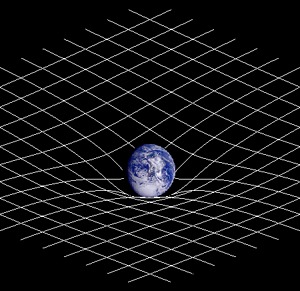
Physicists want to produce a theory of “quantum gravity” that replaces general relativity and quantum mechanics while capturing the extraordinary success of both, and such a theory would explain how gravity’s big picture works at the miniature scale of particles. This quest represents one of science’s greatest challenges.
Quantum gravity attempts to marry general relativity and quantum mechanics to produce a new theory of physics that dismantles our notion of time, with one way to get around the problem being to get rid of time and rebuild a mathematical theory that doesn’t include a time parameter, though producing a theory of physics without time is quite murky and complicated.
Scientists are essentially trying to rewrite the instruction manual for reality itself. It’s like discovering that the foundation of your house is built on quicksand and needing to rebuild it while still living inside.
Beyond the Illusion
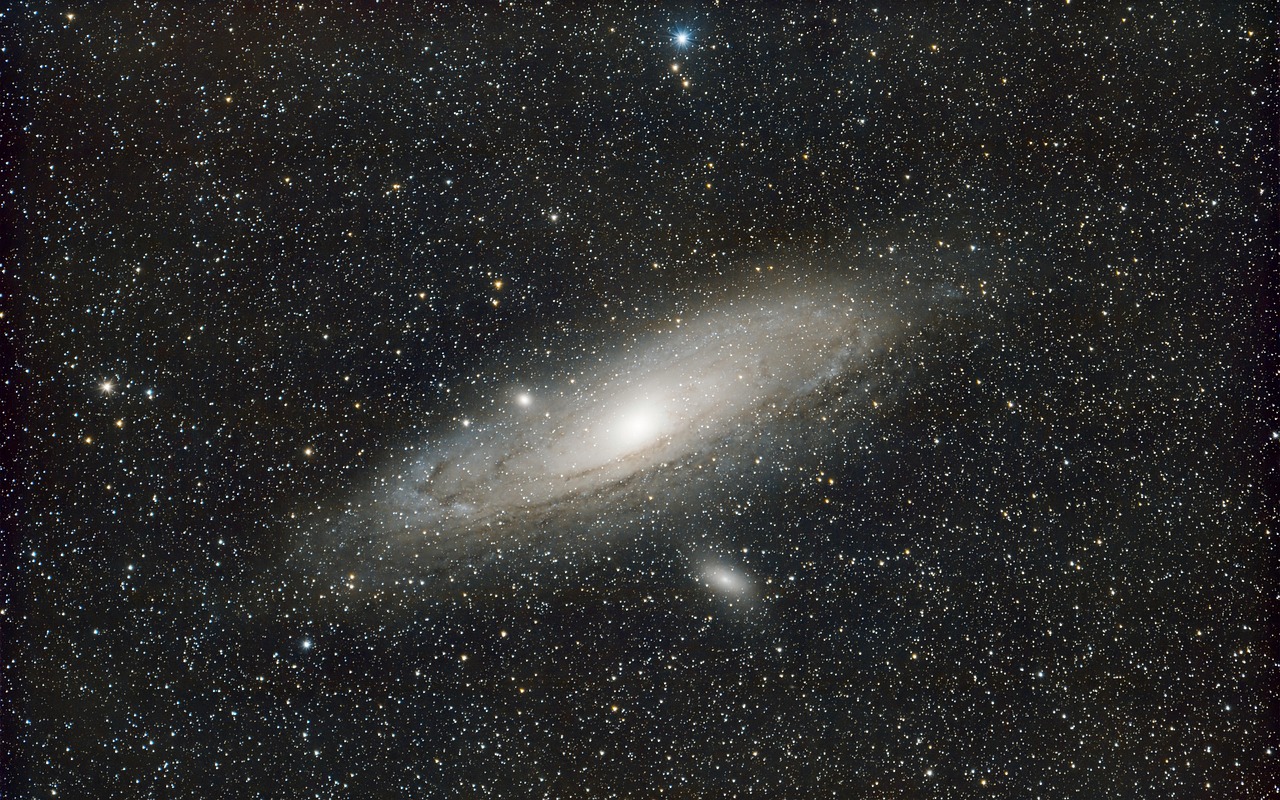
While the possibility of a time-free universe challenges long-held beliefs, it also paves the way for groundbreaking advancements in physics, and by redefining our basic assumptions, we may unlock a deeper understanding of the cosmos and humanity’s place within it.
Carlo Rovelli and Loop Quantum Gravity have provided a powerful and challenging perspective, suggesting that the relentless march of time may be nothing more than a beautifully crafted illusion, inviting us to look beyond our everyday experience and consider that the universe operates in a way far stranger and more profound than we can currently imagine, raising questions about what other fundamental aspects of reality might also be hiding in plain sight.
Perhaps consciousness itself transcends our linear perception of time in ways we’re only beginning to understand. If time is emergent, it opens new possibilities for understanding consciousness, which may not be bound by time in the same way physical processes are, perhaps accessing different parts of the “block universe” or experiencing reality in ways that transcend our linear perception of time.
The notion that time might not exist fundamentally represents more than just another scientific theory – it’s a profound invitation to reconsider everything we think we know about reality. While our clocks will keep ticking and our lives will continue unfolding in what feels like temporal sequence, we now have a glimpse into a deeper truth: the universe may be far more strange, interconnected, and timelessly beautiful than our limited human perspective can fully grasp.
What fascinates you most about the possibility that your entire experience of time might be a magnificent illusion crafted by your own mind? Tell us what you think in the comments.

Jan loves Wildlife and Animals and is one of the founders of Animals Around The Globe. He holds an MSc in Finance & Economics and is a passionate PADI Open Water Diver. His favorite animals are Mountain Gorillas, Tigers, and Great White Sharks. He lived in South Africa, Germany, the USA, Ireland, Italy, China, and Australia. Before AATG, Jan worked for Google, Axel Springer, BMW and others.

